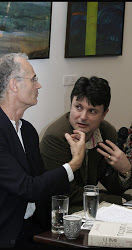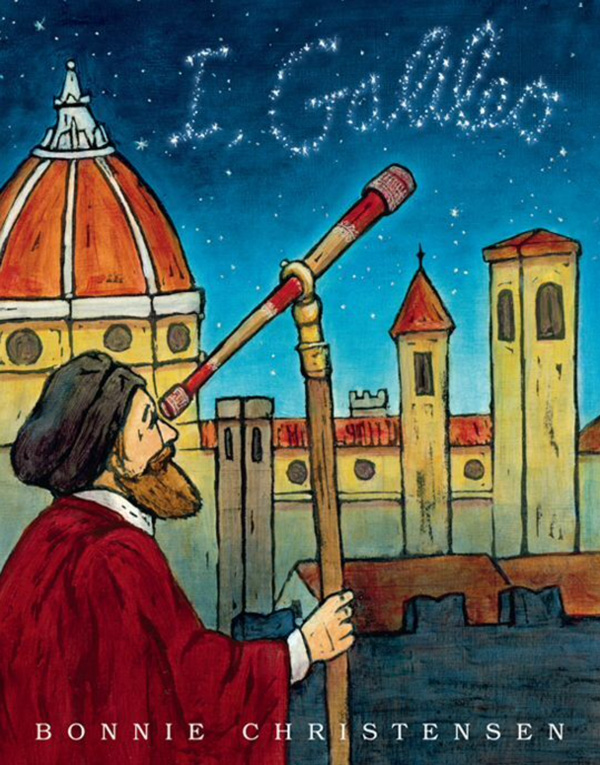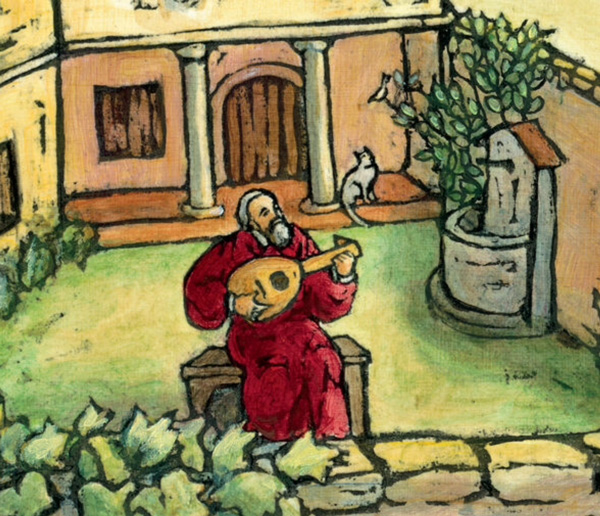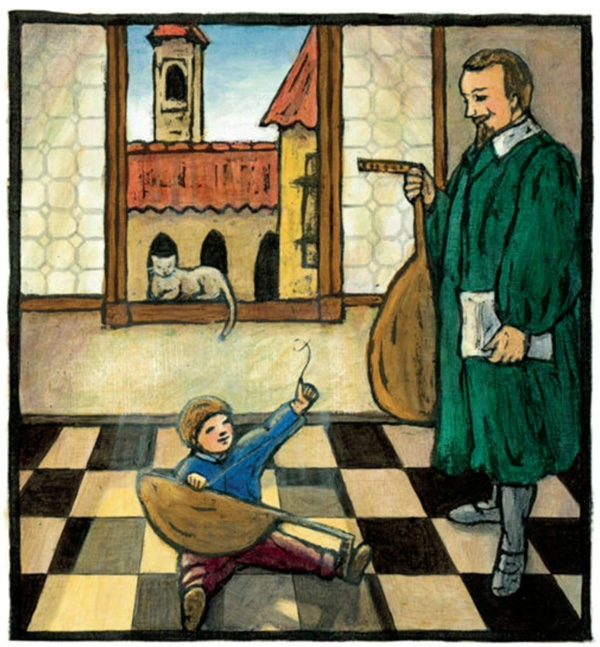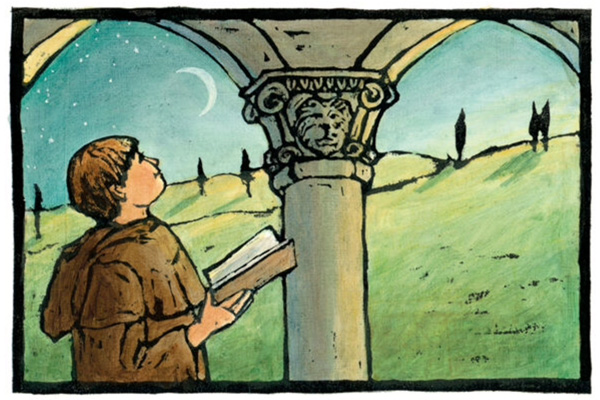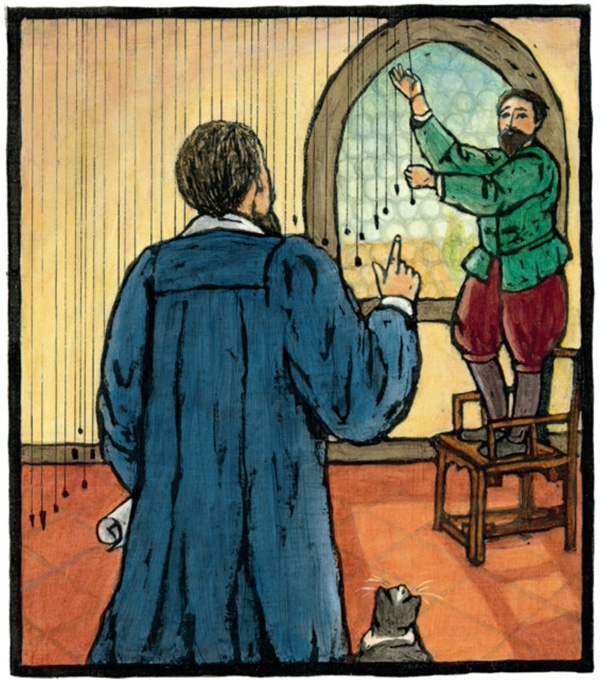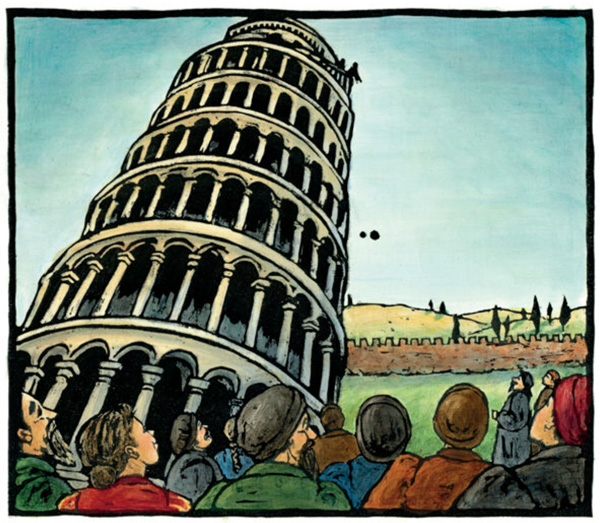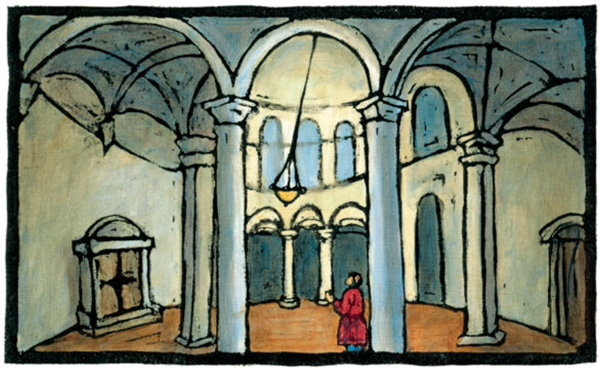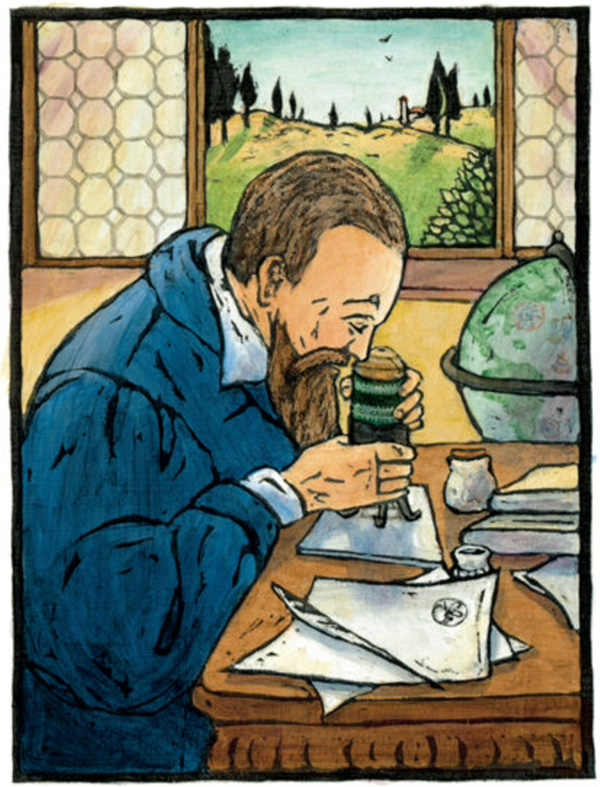How to Use Reading to Become a Better Writer
“To learn to read is to light a fire; every syllable that is spelled out is a spark.” – Victor Hugo
There are two ways to become a better writer, in general: write a lot, and read a lot.
There are no other steps.
Of course, within those two general directives, there are lots of more specific advice I can give you, and that other professional writers would offer. Let’s take a look at the second general directive: read a lot.
Why Reading Makes You a Better Writer
I’ve been an avid reader since childhood, and I would submit that most good (and especially great) writers could say the same. What we probably didn’t realize was that our trips into the fantasy worlds of these books were actually training us for our future careers. I’m glad I didn’t know — it might have taken a bit of the joy out of it.
I’ve been an avid reader since childhood, and I would submit that most good (and especially great) writers could say the same. What we probably didn’t realize was that our trips into the fantasy worlds of these books were actually training us for our future careers. I’m glad I didn’t know — it might have taken a bit of the joy out of it.
Read can be pure joy, if you’re reading a good book. By that, I don’t mean good literature — I mean anything that captures your imagination, that compels you to read more, that tells you a good story, that creates wonderful characters, that builds new worlds.
But beyond reading for pleasure, a good writer also reads with an eye for the writing. Maybe not all the time, but at least some of the time. And many times that writer doesn’t even realize he’s doing it.
What we learn as readers, we use as writers. Maybe we don’t always do the best job at putting that knowledge to use, but that just takes practice. Over time, our writing becomes in some ways a compilation of all the things we’ve learned as readers, blended together in our own unique recipe.
“Outside of a dog, a book is man’s best friend. Inside of a dog it’s too dark to read.” – Groucho Marx
How to Use Reading to Improve Your Writing
There’s no one way, of course. Every writer reads his own stuff, and puts that stuff to use in his own way. Below are just some tips of what’s worked for me — take what you like from it, and use what you find useful.
There’s no one way, of course. Every writer reads his own stuff, and puts that stuff to use in his own way. Below are just some tips of what’s worked for me — take what you like from it, and use what you find useful.
- Create the reading habit. It can’t be a matter of just reading a book and then forgetting about reading after the initial burst of enthusiasm for reading. It has to be a habit, that you create and keep for life. As someone who has learned a lot about creating habits, I know that the best way to form the habit of reading is to focus on it exclusively — don’t try to form any other habits during this time. Write down your goal (i.e. “Read for 30 minutes every day” or something like that) and post it up somewhere you can see it. Tell a lot of people about it and report to them regularly to create accountability. Log your progress daily and give yourself rewards. Do this for a month and you’ll have a decent habit in place.
- Have regular reading triggers. A habit has a trigger — a regularly occurring event that immediately precedes the habit. The stronger the association with the trigger, the stronger the habit. What triggers will you have for reading? For me, it’s eating, going to bed, using the bathroom, and waiting somewhere (like in a doctor’s waiting room). Every time those triggers come up, I read, without fail. Choose your triggers, and do it without fail. If you take my triggers as an example, if I read just 10-15 minutes for each trigger, that’s 6 times a day (three times eating and once for each of the others) for a total of 60-90 minutes a day. Sometimes it’s more, but that’s the minimum (I often read for much longer before bed).
- Carry your book with you. When you go on the road, always carry your book in the car or wherever you go. You might not need it for 9 trips, but the 10th time, you’ll be glad you brought the book. When you have a lull, whip out the book.
- Read great writers. By “great writers” I mean not only the greats (Shakespeare, Tolstoy, Dostoyevsky, Cervantes, Joyce, and Fitzgerald are some of my favorites here) but also the great storytellers. People who can write with wit, create great characters, reach into your soul, create new worlds for you to inhabit. Writers who can teach you something.
- Get inspired. When I read great writing, I am filled with inspiration to write. Sometimes I throw down my book and go to my computer to start hacking away at the keyboard. Other times I’ll jot down stuff in my notebook for later. Use these writers to inspire you to greatness.
- Analyze character, plot, theme. Break down the books you read. You can either do this as you read, or afterward, when you reflect on them while doing something else (for me it’s running and doing housework and when I’m in the shower). Why did the writer make the choices she made? How did she create the characters and convey their qualities? How did she start the book and lay out the plot? How is the theme of the book conveyed throughout the book.
- Pay attention to what they do with words. Beyond the big things mentioned above, the writer does little things with words, in every paragraph and sentence and phrase. A good writer pays close attention to words, the effects they create, how they mix together with other words, twists and turns of meaning. See how he does this, as it is the best instruction you can get.
- Rip them off. A writing teacher once told me not to mimmic other writers — but instead to rip them off. Steal blatantly. Take things that you discover in other writers, things that work, things that you love … and use them in your own writing. Don’t worry — you can always revise later or throw it out completely. For now, rip them off. It’ll help you make these techniques your own.
- Riff off them, experiment. Once you’ve ripped off a few dozen writers, start to riff. Do variations and experiments on stuff you’ve found. Give their techniques and styles your own twists and flair.
- Expand beyond your normal genres. If you normally read one or two genres, break out beyond it. If you only read sci-fi and fantasy, read more mainstream literature, read romance or thrillers, read “chick lit” (a term I hate, but oh well). There’s a lot you can learn from writers beyond your normal scope.
- Above all, enjoy your reading. Reading, of course, is about much more than just learning and analyzing and experimenting. It’s about joy. So don’t let your “reading to become a better writer” interfere with that. If a book bores you to tears, go ahead and put it down for something you enjoy more. If you start to lose track of the story because you’re overanalyzing, just forget about analysis and lose yourself in the book. You’ll still be learning, so fear not. If you read for pleasure, you won’t be able to help it.
“I took a speed-reading course and read War and Peace in twenty minutes. It involves Russia.” – Woody Allen
